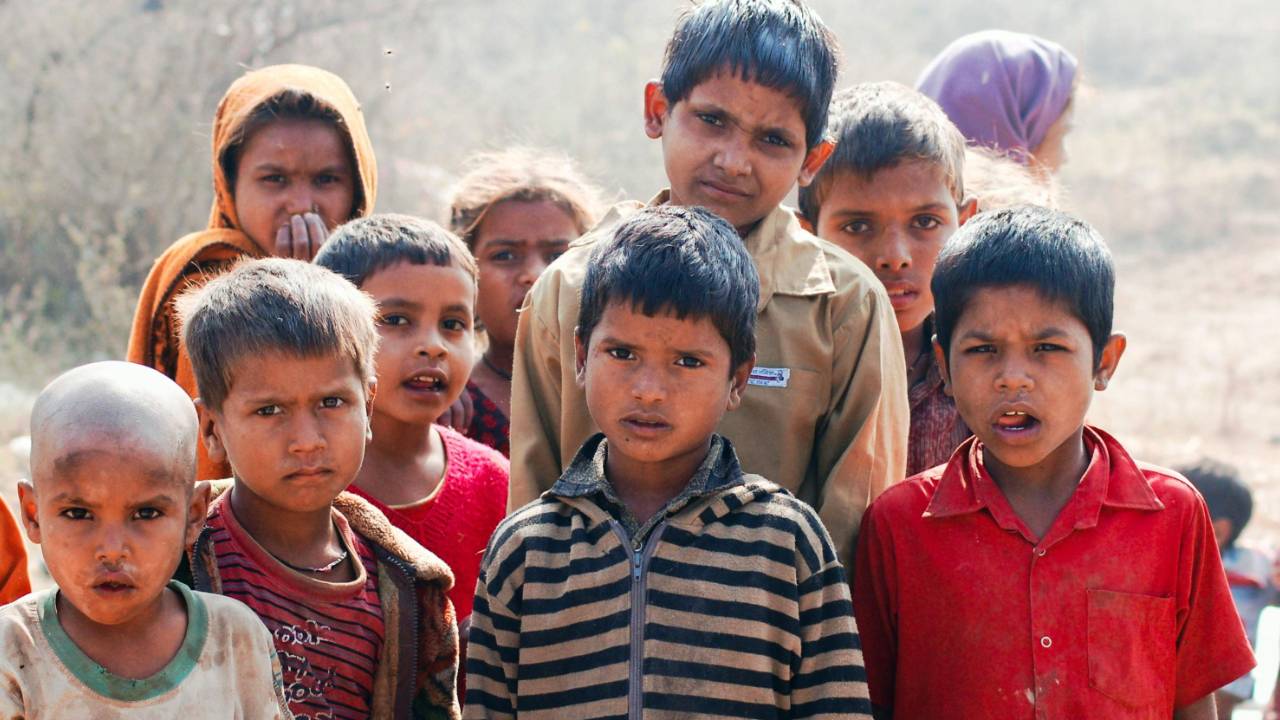Childhood in Peril: The Increasing Global Crisis of Child Abuse
Dec 30, 2024
Introduction
Child abuse is a dark and devastating reality that affects millions of children worldwide, cutting across geographical, cultural, and socioeconomic boundaries. Over the past five years, there has been a sharp and troubling rise in reported cases of child abuse globally. This increase not only highlights systemic issues but also reflects a deeper societal failure to protect the most vulnerable members of society. This blog explores the global trends in child abuse, factors driving its rise, and the urgent measures needed to combat this growing crisis.
Global Trends Over the Past Five Years
1. Physical and Emotional Violence
- It’s estimated that over 400 million children under five years old suffer from physical punishment or psychological violence by caregivers.
- Violence against children is so widespread that nearly one in two children aged 2–17 years experiences some form of violence annually.
2. Sexual Abuse
- The statistics are harrowing: 1 in 8 girls and women have faced rape or sexual assault before the age of 18.
- Including non-contact abuse, such as online exploitation, the number rises to 1 in 5 girls globally.
- Boys are not exempt—estimates suggest 240–310 million boys and men have experienced sexual abuse in their childhood.
3. Online Exploitation
- The digital age has led to a significant increase in online child abuse. Child sexual abuse materials (CSAM) reported online have skyrocketed, with platforms struggling to curb their distribution.
4. Homicides and Severe Abuse
- Every four minutes, a child dies due to violence globally.
- In conflict zones and impoverished regions, these numbers are often underreported due to a lack of data infrastructure.
Factors Contributing to the Increase
1. Socioeconomic Pressures
- Economic instability, worsened by events such as the COVID-19 pandemic, has heightened stress within families. Increased unemployment and financial hardships are linked to higher risks of domestic violence, including child abuse.
2. Greater Awareness and Reporting
- While rising numbers indicate a worsening issue, they also reflect increased awareness and improved reporting mechanisms. Many countries have enhanced child protection services, encouraging more people to report abuse.
3. Online Threats
- The proliferation of digital devices has exposed children to risks such as grooming, cyberbullying, and exploitation. Internet predators take advantage of poorly regulated online spaces to target vulnerable children.
4. Cultural and Social Norms
- In some regions, cultural norms perpetuate abusive practices, such as child marriage, corporal punishment, and forced labor, which are forms of child abuse.
The Far-Reaching Impacts on Children
1. Physical Consequences
- Many children suffer lifelong injuries or disabilities due to physical abuse. In extreme cases, abuse results in death.
2. Mental Health Challenges
- Victims of abuse are at higher risk for depression, anxiety disorders, post-traumatic stress disorder (PTSD), and suicidal tendencies.
3. Educational and Social Impacts
- Abuse often disrupts a child’s ability to focus on education, leading to academic setbacks. Socially, abuse victims may struggle to form healthy relationships and face stigma.
Global Efforts to Address Child Abuse
1. Strengthening Legal Frameworks
- Governments worldwide are adopting stricter laws to prosecute abusers. Treaties such as the UN Convention on the Rights of the Child provide guidelines for member states to protect children.
2. Raising Awareness
- Public campaigns aim to educate communities about identifying abuse and reporting it promptly. Initiatives like UNICEF’s #EndViolence campaign have reached millions globally.
3. Enhancing Online Safety
- Platforms are implementing AI-driven content moderation to detect and remove harmful material swiftly. However, gaps in regulation still exist.
4. Support Services for Victims
- Counseling, therapy, and support groups are being established in many countries to help children recover from trauma. Organizations like Save the Children and Plan International offer crucial aid.
5. Collaboration Across Borders
- International cooperation is crucial in addressing online abuse and trafficking. Efforts include sharing intelligence to dismantle global child exploitation networks.
What More Can Be Done?
Empowering Communities
Grassroots programs can educate parents and caregivers about non-violent discipline and recognizing signs of abuse.
Investing in Child Welfare
Governments must prioritize funding for child protection services, including training professionals in law enforcement, healthcare, and education to detect and respond to abuse effectively.
Technology as a Tool
Tech companies must innovate tools to detect and prevent exploitation, ensuring children’s safety in digital spaces.
Conclusion
The rising incidence of child abuse globally over the last five years demands immediate and sustained action. Governments, organizations, and individuals must unite to create a safer world for children. Every effort counts—from reporting suspected abuse to advocating for stronger laws and educating communities. Together, we can protect children and give them the childhood they deserve.
